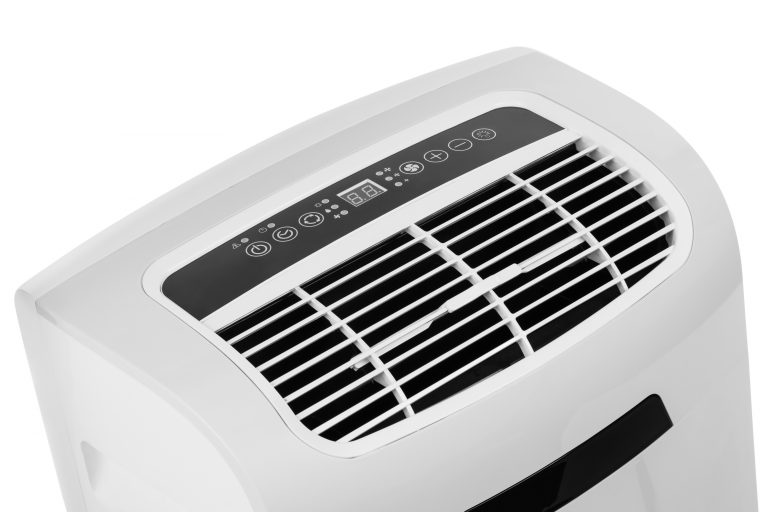Your Guide to Replacing a Kitchen Sink Faucet
The kitchen is the heart of the home, and the kitchen sink is the center of the kitchen. Maybe not in terms of layout, but definitely when it comes to functionality. It’s hard to do much in a kitchen without a functional sink. So, what do you do when your faucet breaks? You replace it. If you’ve never replaced a kitchen sink faucet before, our short guide will help.
Step 1: Turn Off the Water
First, get under the sink and turn off both the hot and cold water. You’ll find handles where the lines from the faucet connect.
Step 2: Disconnect the Water Lines
With the water turned off, go ahead and disconnect those water lines. If your home is newer, you should have quick-connect lines. If it’s older, you’ll need a wrench. Make sure to have a bowl or something handy to catch the water in the lines.
Step 3: Disconnect the Faucet
Trace the water supply lines up to the faucet and disconnect them. This should be a similar process to disconnecting them from the water connections.
Step 4: Remove the Faucet Mounting Hardware
Most of the time, your old faucet will be held in place with mounting hardware, such as a large ring nut. Remove this and back it all the way off. Note that two-handled faucets usually have two mounts, one on the hot side and one on the cold side. Both will need to be removed.
Step 5: Pull the Faucet Off
Get back out from under the sink and pull the old faucet up and clear of the sink.
Step 6: Clean Everything
With the old faucet gone and the old water lines disconnected, you can now go through and clean off all the grime. You might be surprised at just how much can build up under the edge of the faucet.
Step 7: Install Your New Faucet
Now comes the easy part — putting everything back together the way it came apart. You’ll need to set the faucet in place. Chances are good that you’ll be installing a modern, single-handled faucet, which means you’ll also need to put the escutcheon plate in place before installing it. Check the product instructions to see if you need to use any type of silicone caulk around the faucet.
Step 8: Tighten the Faucet
With the new faucet in place, get back underneath and tighten the securement nut in place. Don’t overtighten it. Finger-tight is all that’s needed right now.
Step 9: Attach the New Water Lines
With the sink finger-tight, you can now install the new water lines. Connect them to the water supply points and then to the underside of the faucet. Make sure to connect the hot and cold lines correctly.
Step 10: Tighten Everything Up
Now, go ahead and tighten the nut that holds the faucet in place.
Step 11: Turn the Water On and Test It
The final step in this process is to turn the water back on and test your faucet. Check the lines for any signs of leaks and make sure that the faucet operates correctly.
Now you know how to handle some basic home maintenance. For more in-depth repairs, or if you’re unable to replace your faucet, get in touch with the Elite team.
SCHEDULE YOUR FREE ESTIMATE
We Provide Expert Air Conditioning Services in Las Vegas, NV






